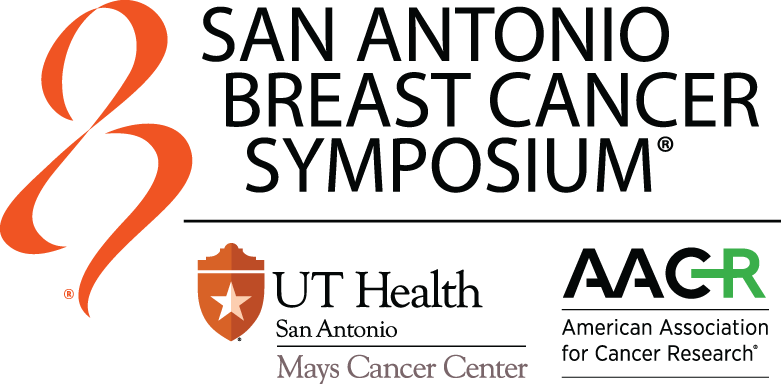
In her plenary lecture on Friday at SABCS 2021, medical oncologist Lisa A. Carey, MD, ScM, discussed Triple Negative Breast Cancer: Pitfalls & Progress, including advancements in treatment options and implications for population health.
Dr. Carey is the Richardson and Marilyn Jacobs Preyer Distinguished Professor in Breast Cancer Research at the University of North Carolina at Chapel Hill School of Medicine and the Deputy Director of Clinical Sciences for the Lineberger Comprehensive Cancer Center. Her lecture and other SABCS sessions will be available to registered symposium participants for on-demand viewing until March 10, 2022.
Triple negative breast cancer (TNBC) is highly proliferative and has a high degree of heterogeneity. And, despite multiple characteristic DNA aberrations found in TNBC — TP53 mutations (85%), RB1 loss (20%), PIK3CA amplification (30%), MYC amplification (50%), and BRCA1/2 function loss (20%) — few of these variants are therapeutically targetable, Dr. Carey said.
Whether using immune gene expression or tumor infiltrating lymphocytes (TILs), she noted, TNBC also has the highest immune activation among breast cancers, which generally are less immune activated than many other tumor types.
“Defining immune activation is itself a work in progress,” Dr. Carey said. “There’s a lot of effort in trying to figure out how to do it. We have TILs, which are easiest. They’re now reproducible and standardized. There’s PD-L1 immunostains, which have clinical utility for immune checkpoint inhibitor effect, at least in the metastatic setting. We have immune gene expression signatures or RNA expression of individual genes, and we have immune cell clonality assays that are coming to the front.”
Data from the Carolina Breast Cancer Study, a series of prospective population-based studies in North Carolina designed to oversample Black and premenopausal women with newly diagnosed breast cancer, indicates patients with TNBC tend to be younger, have more advanced disease at diagnosis, and have mostly high-grade tumors, she explained.
“Triple negative particularly affects young women and people of color, contributing to poor outcomes of all kinds, and we have to pay attention to treatment, comorbidity, and toxicity management, and to improve social support,” Dr. Carey said.
Better chemotherapy regimens have played a key role in improving cure rates for TNBC. The move to administering drugs in early disease in the neoadjuvant setting also has been a significant advance, and immune checkpoint inhibitors (ICIs) show potential for accelerating the impact of chemotherapy in TNBC.
“The biggest change that’s happened, and the most recent one, is the advent of immunotherapy added to neoadjuvant chemotherapy,” Dr. Carey said, citing consistent results across multiple trials.
“First, in general, when you add an ICI to chemotherapy, you increase the pathologic complete response (pCR) to a greater or lesser degree,” she explained. “Second, the immune checkpoint inhibitor benefit in the early setting is not related to PD-L1 status, although most are PD-L1-positive, and this differentiates it from metastatic disease.”
New drugs, including antibody drug conjugates, PARP inhibitors, and ICIs are likely to alter metastatic TNBC outcomes, but more research is still needed in this space, Dr. Carey said.

